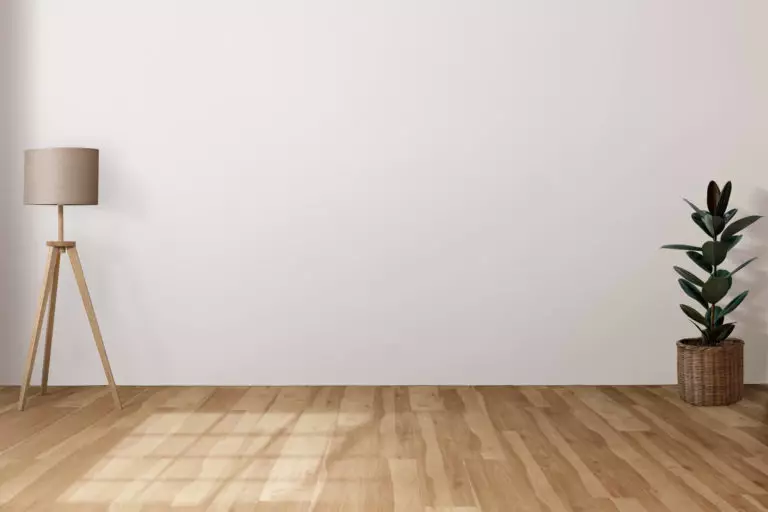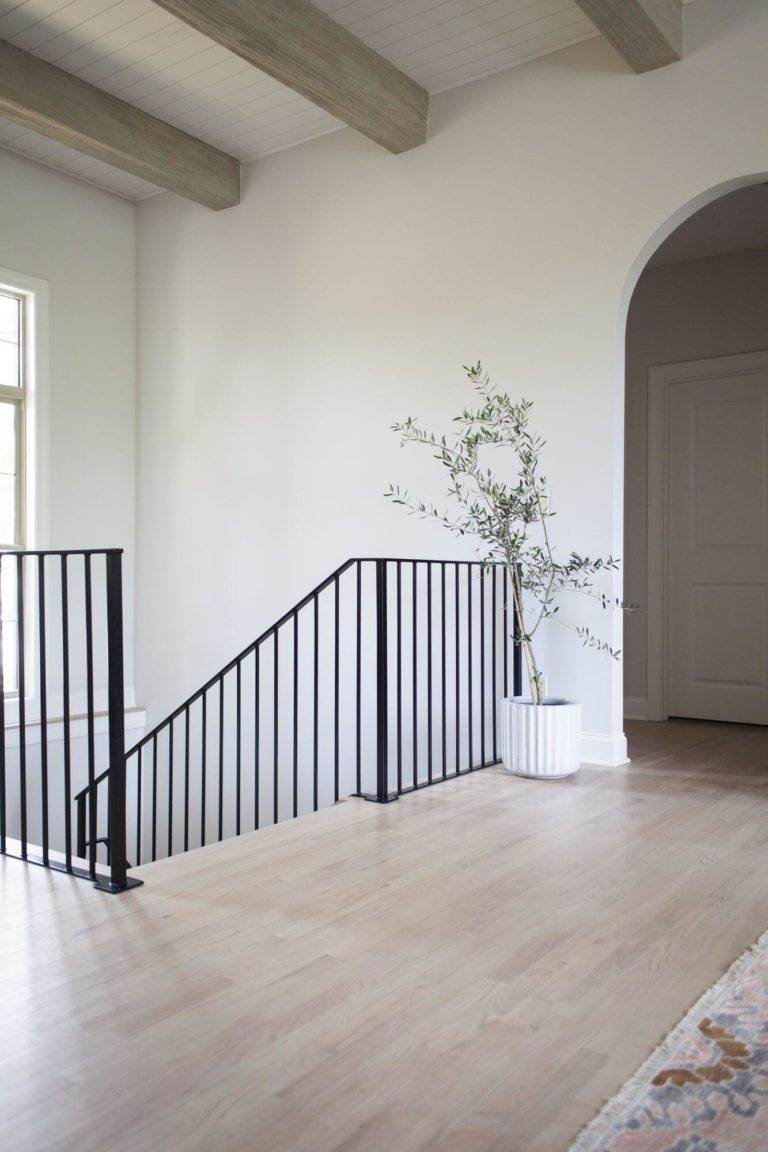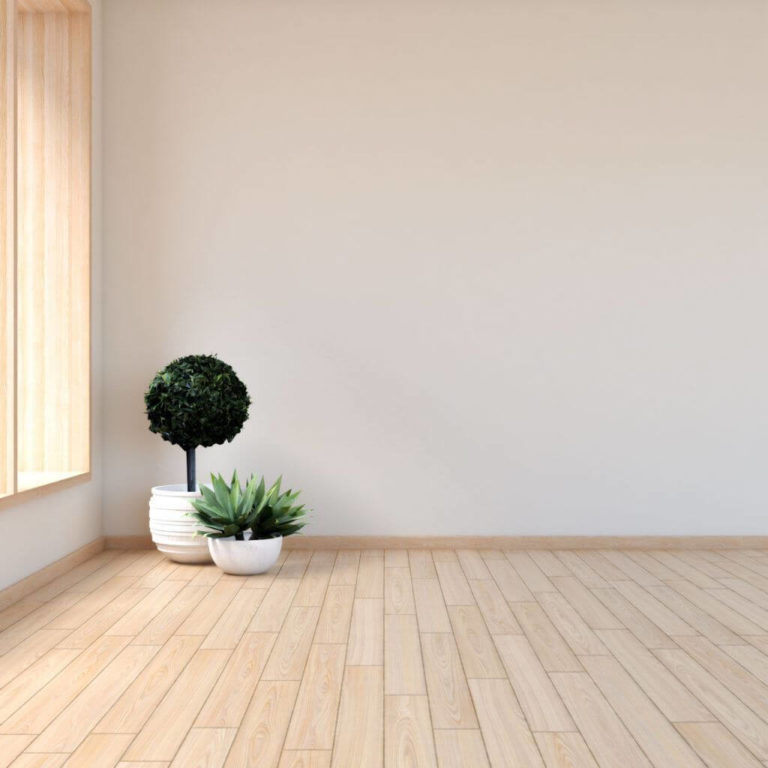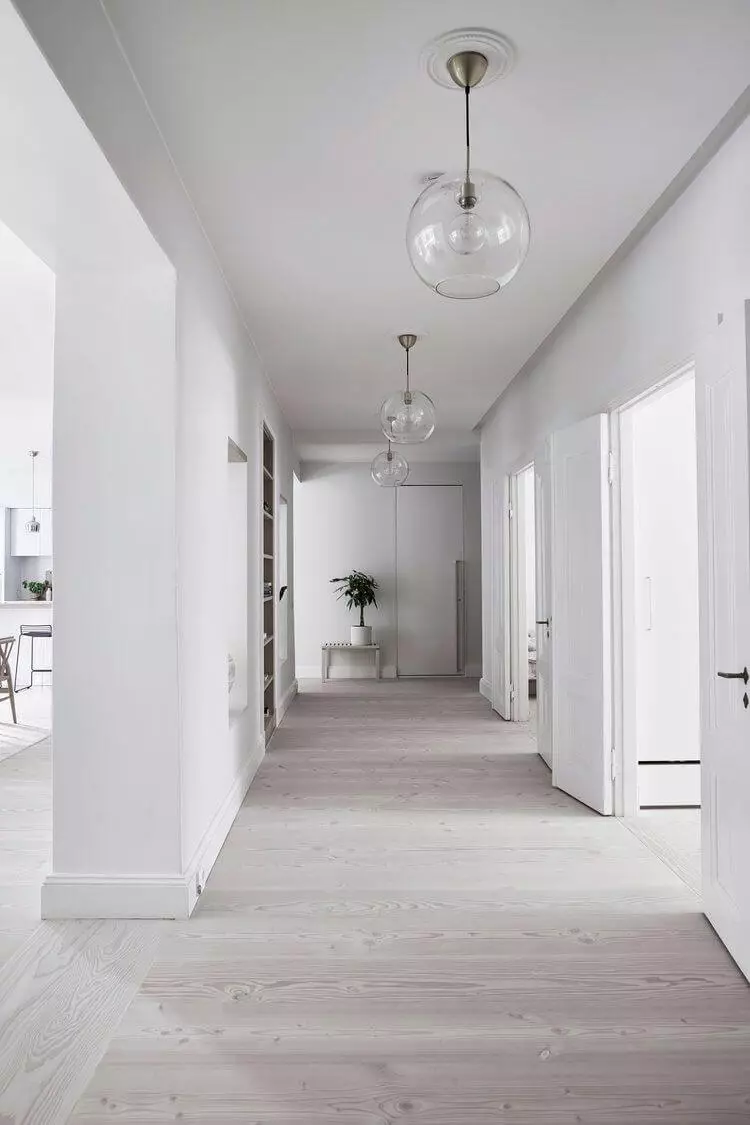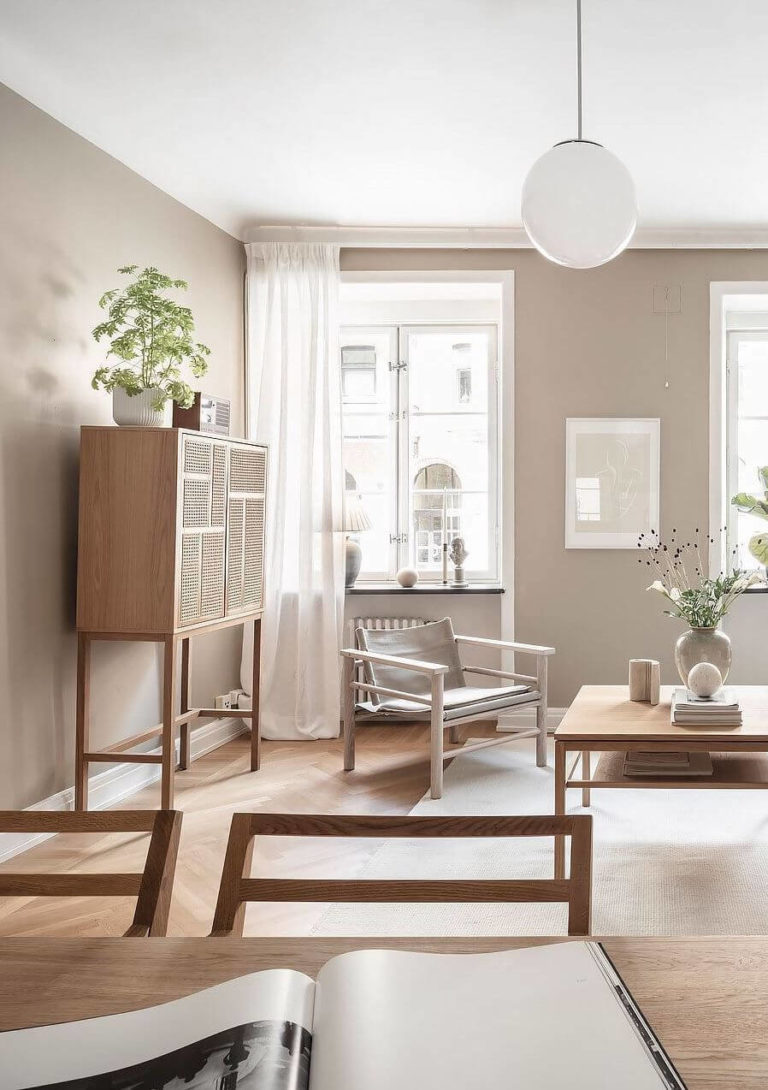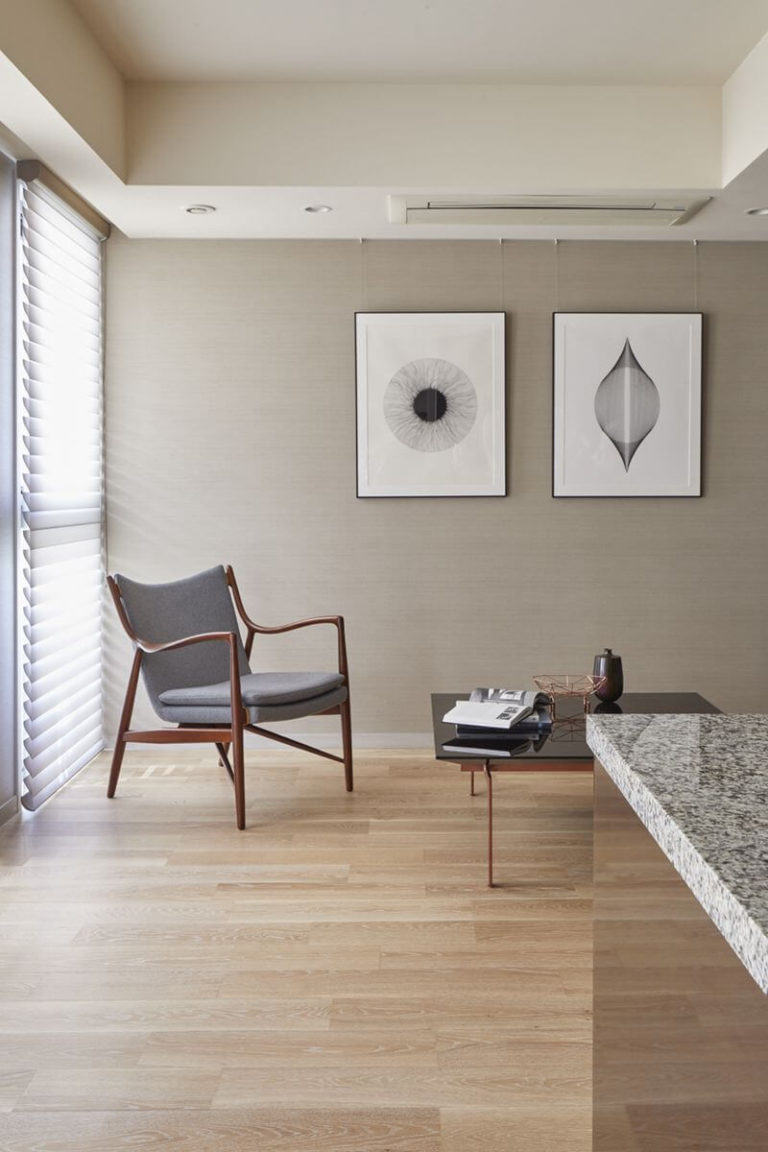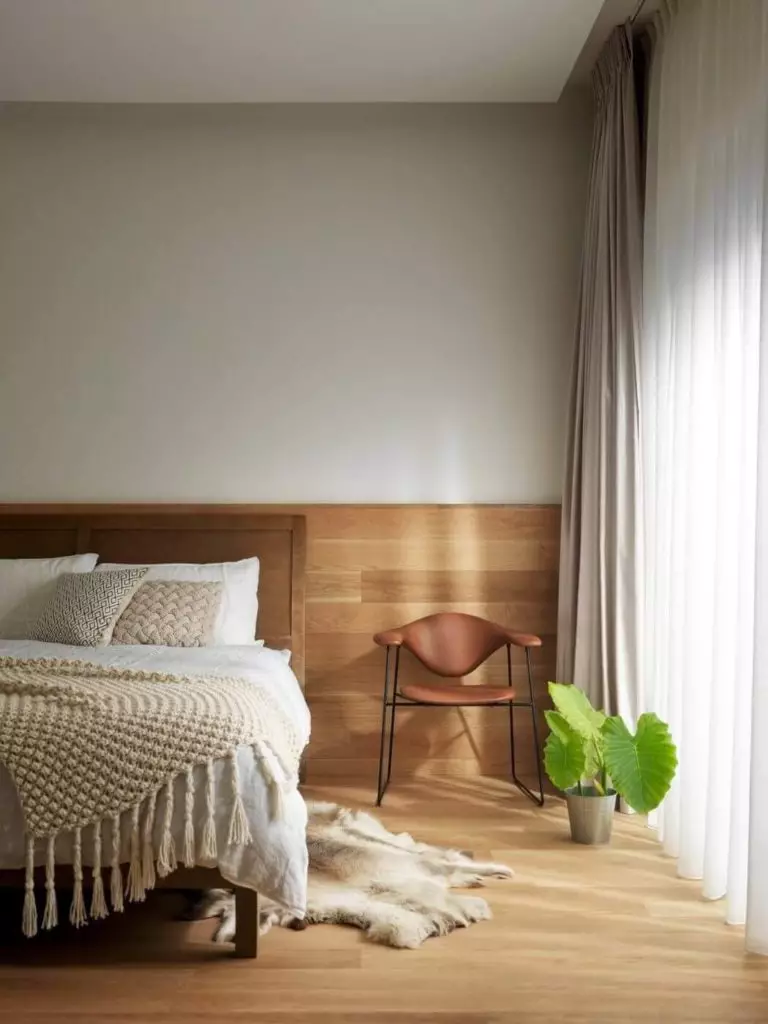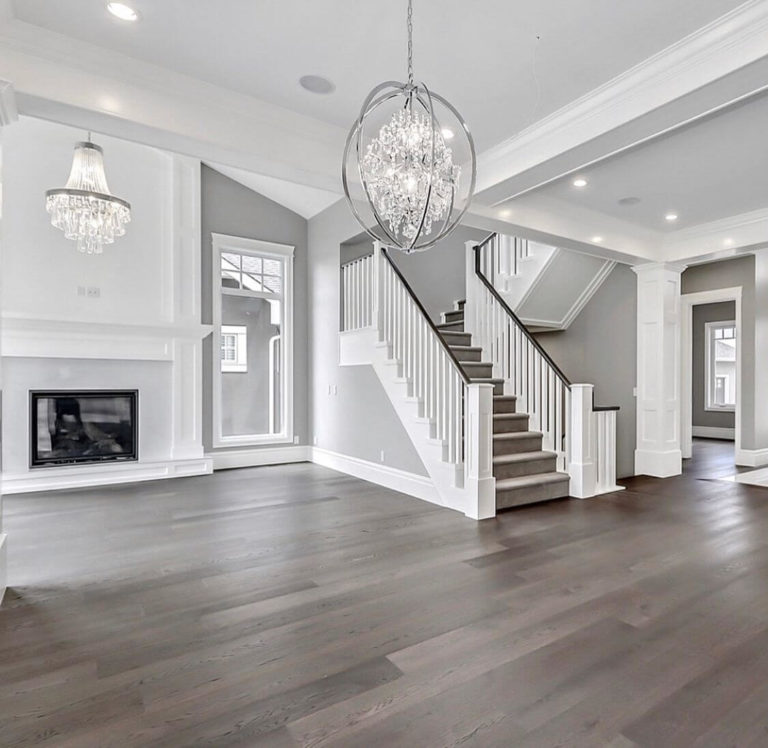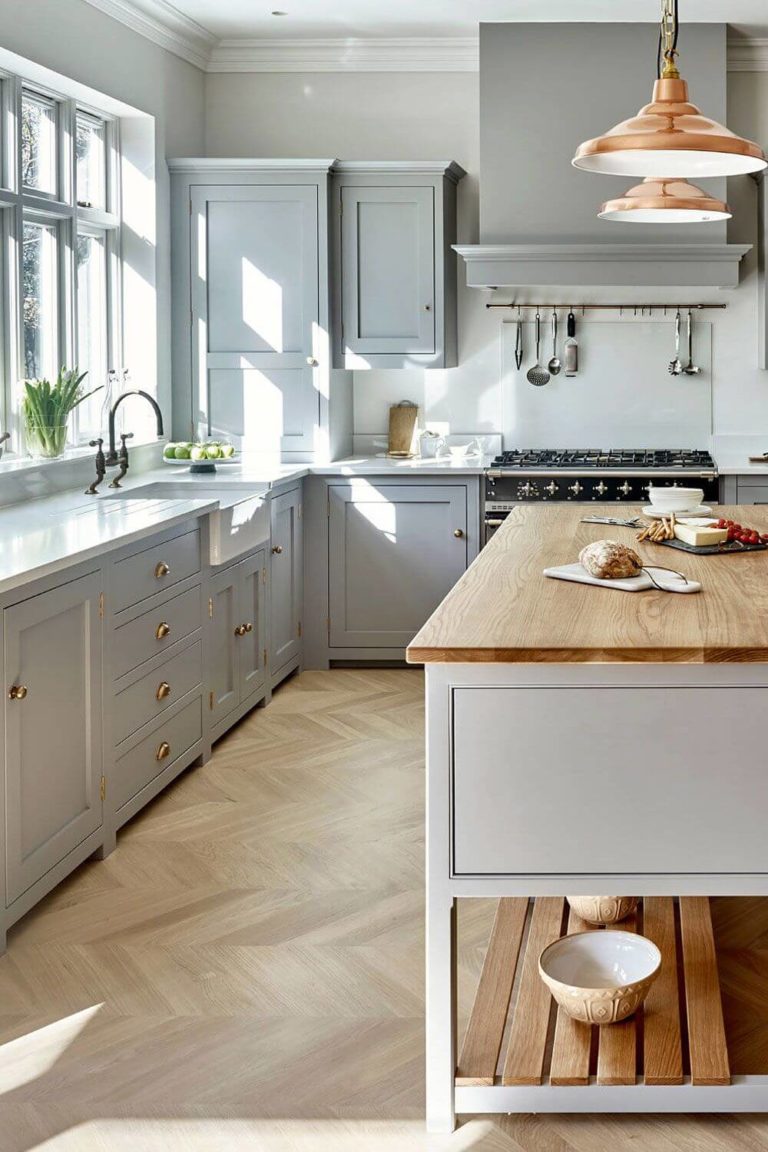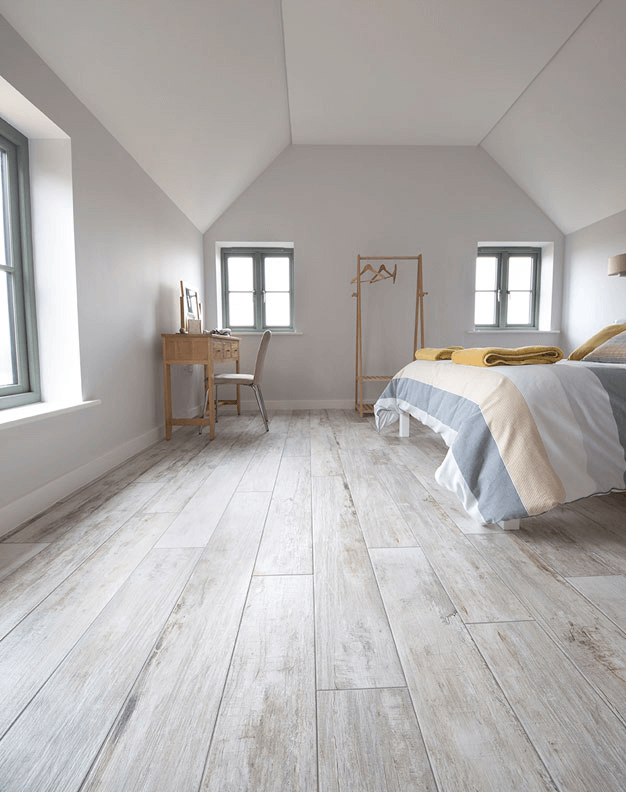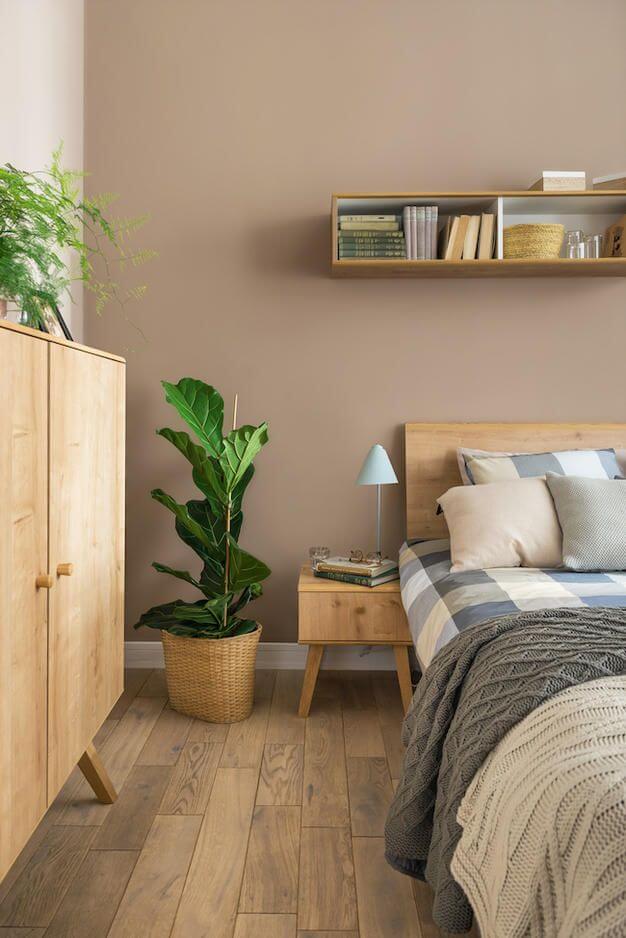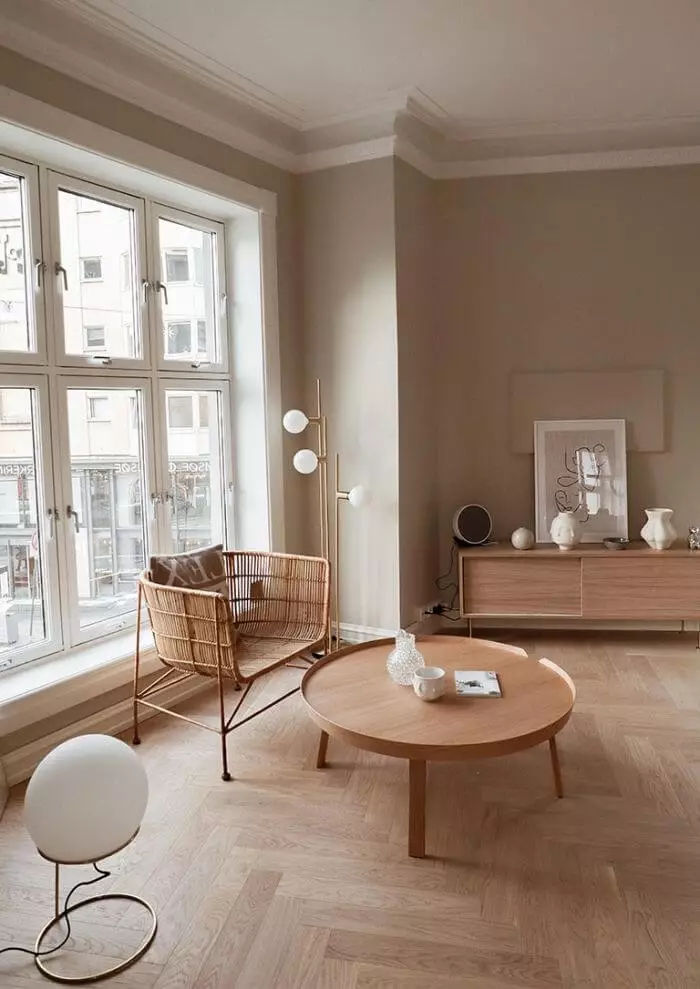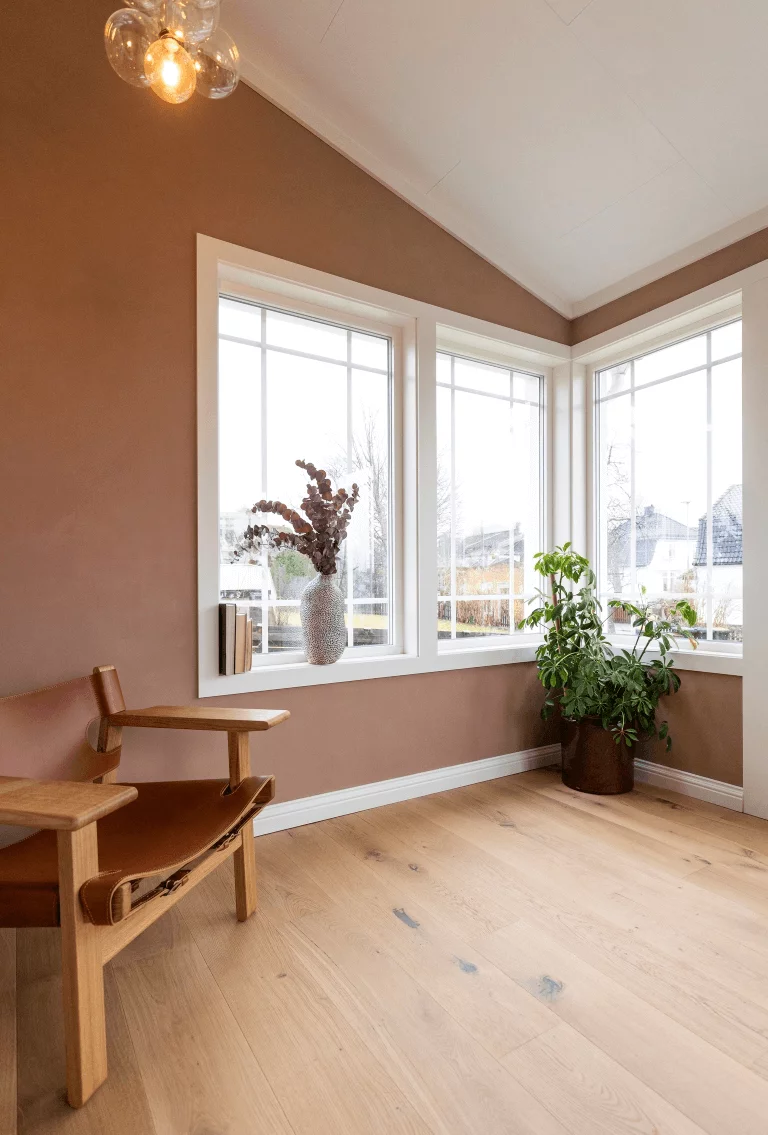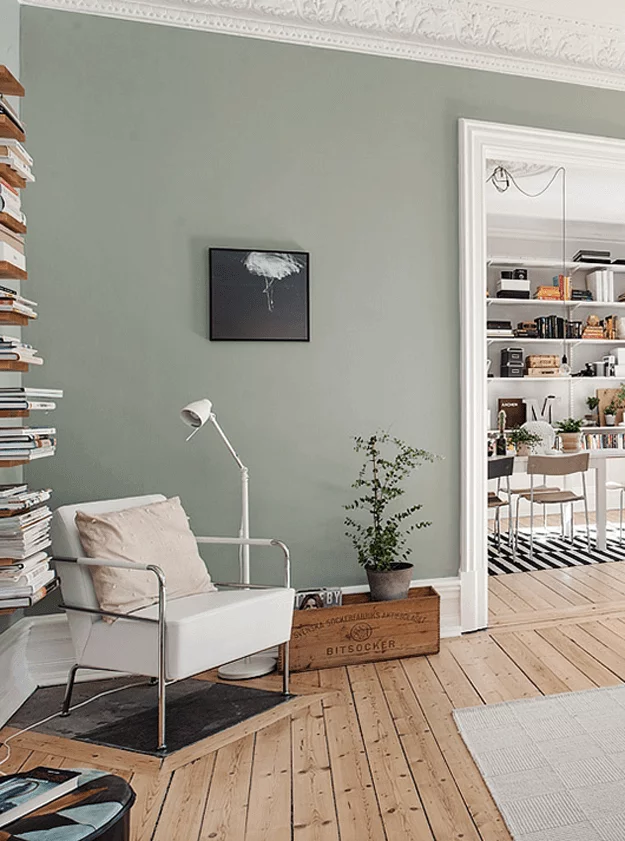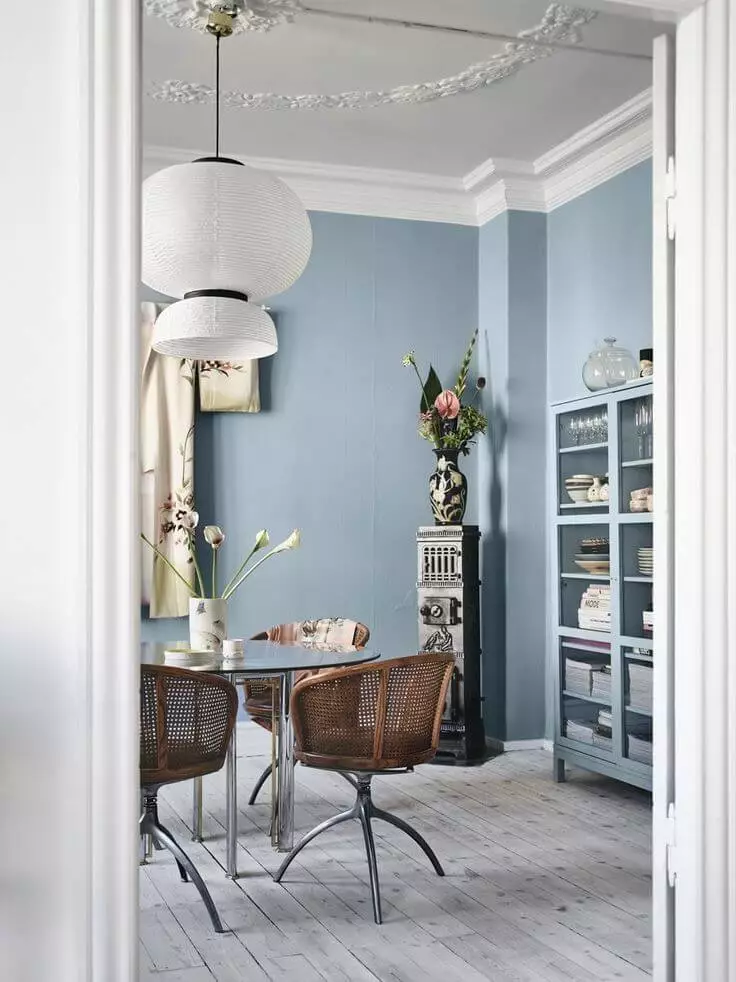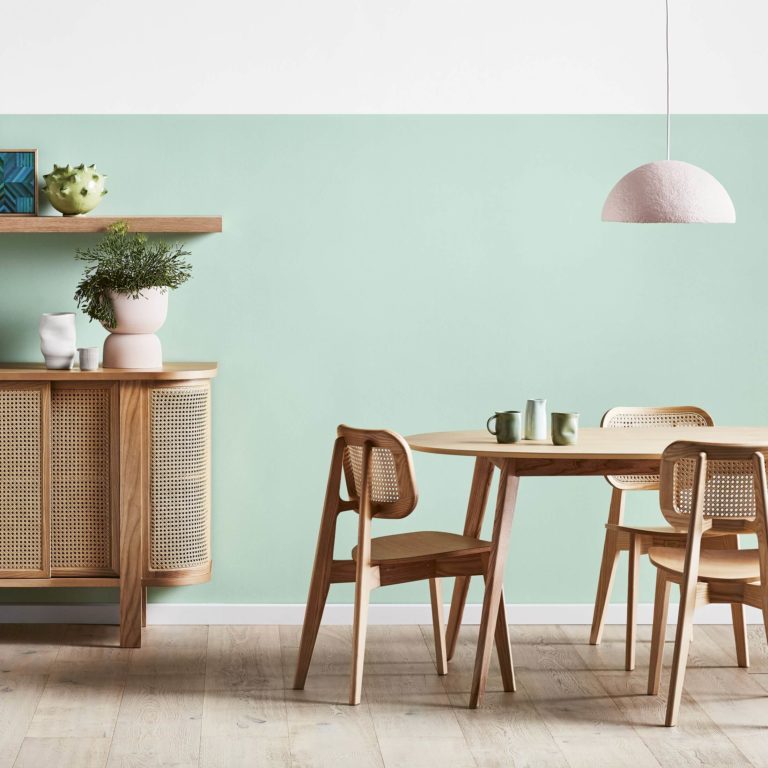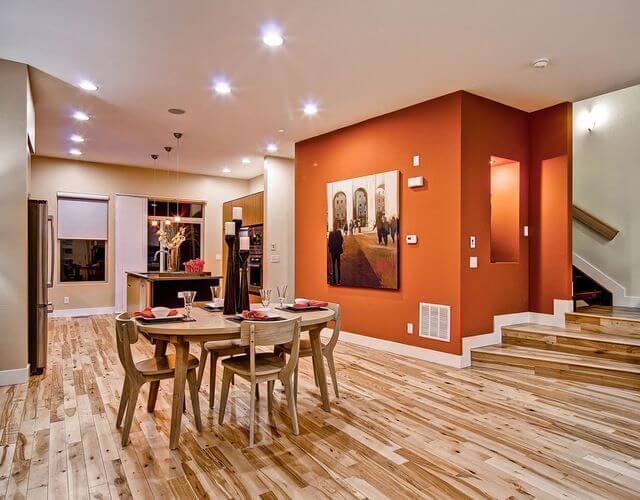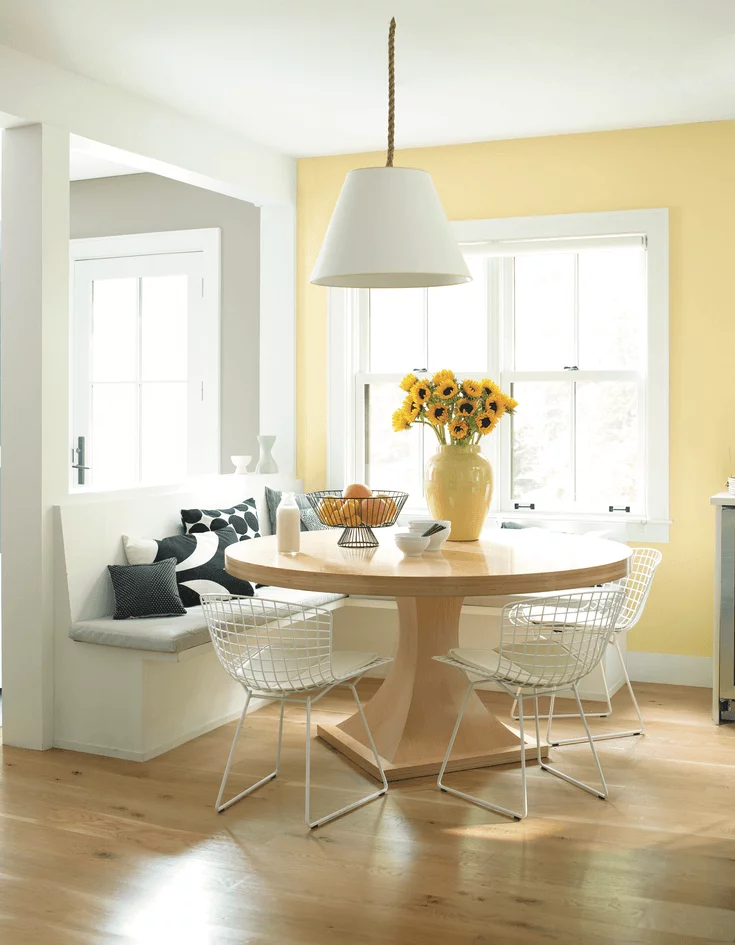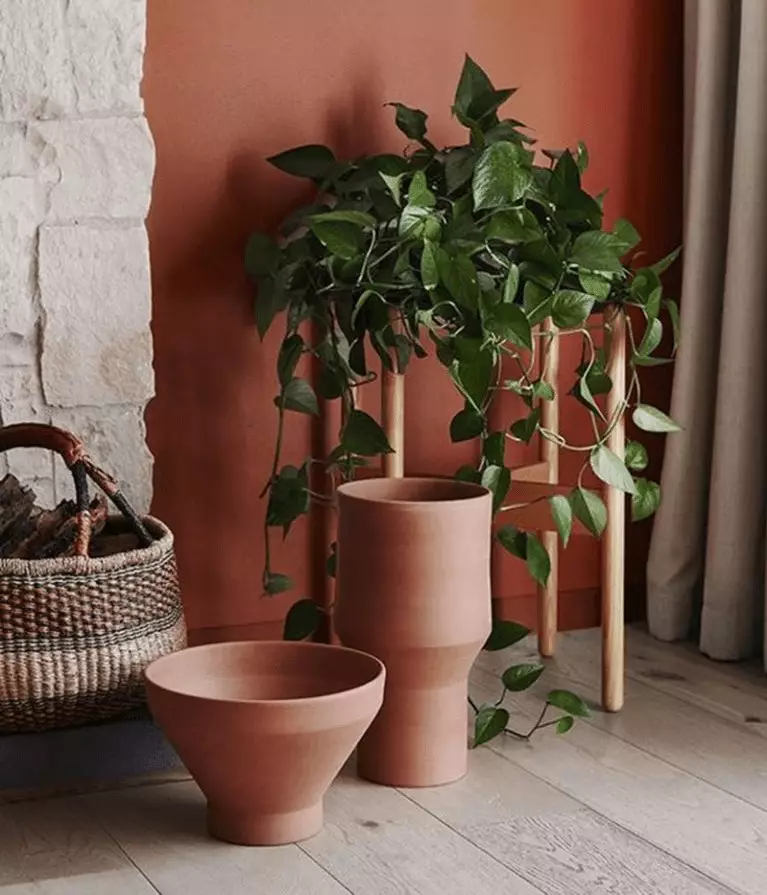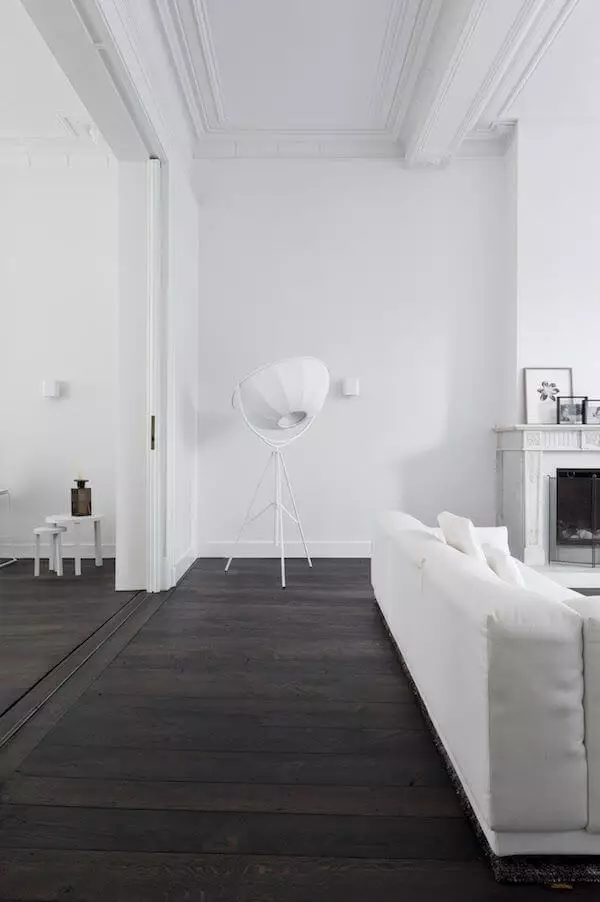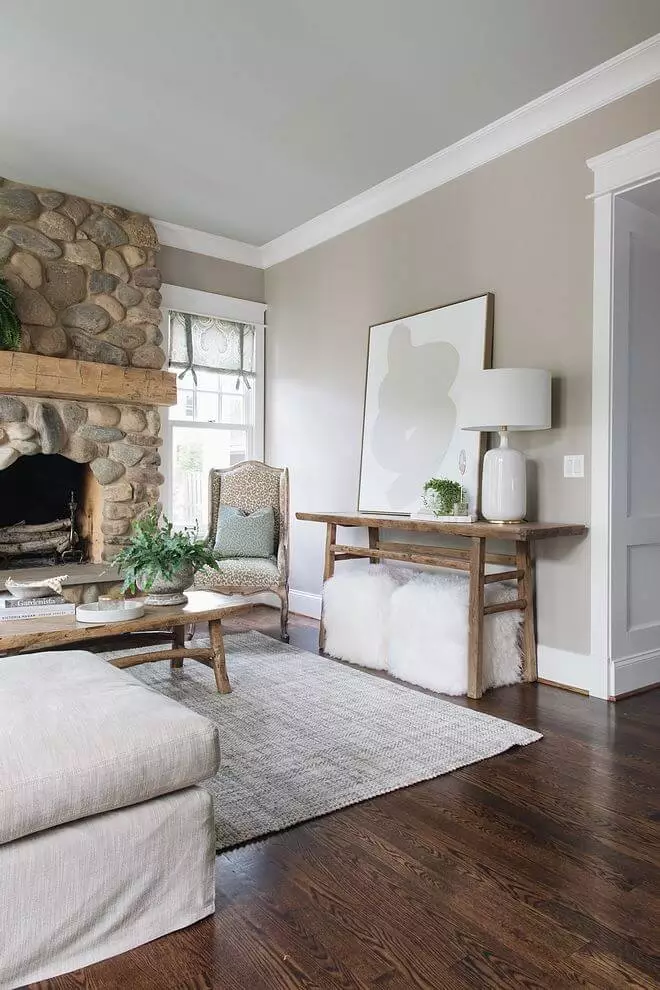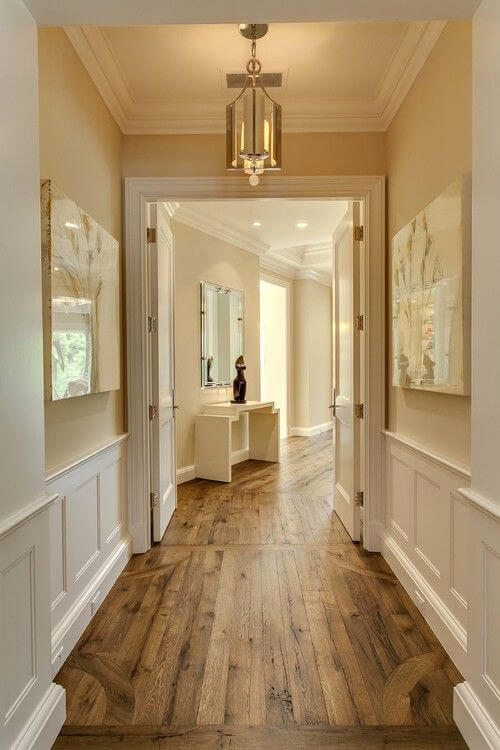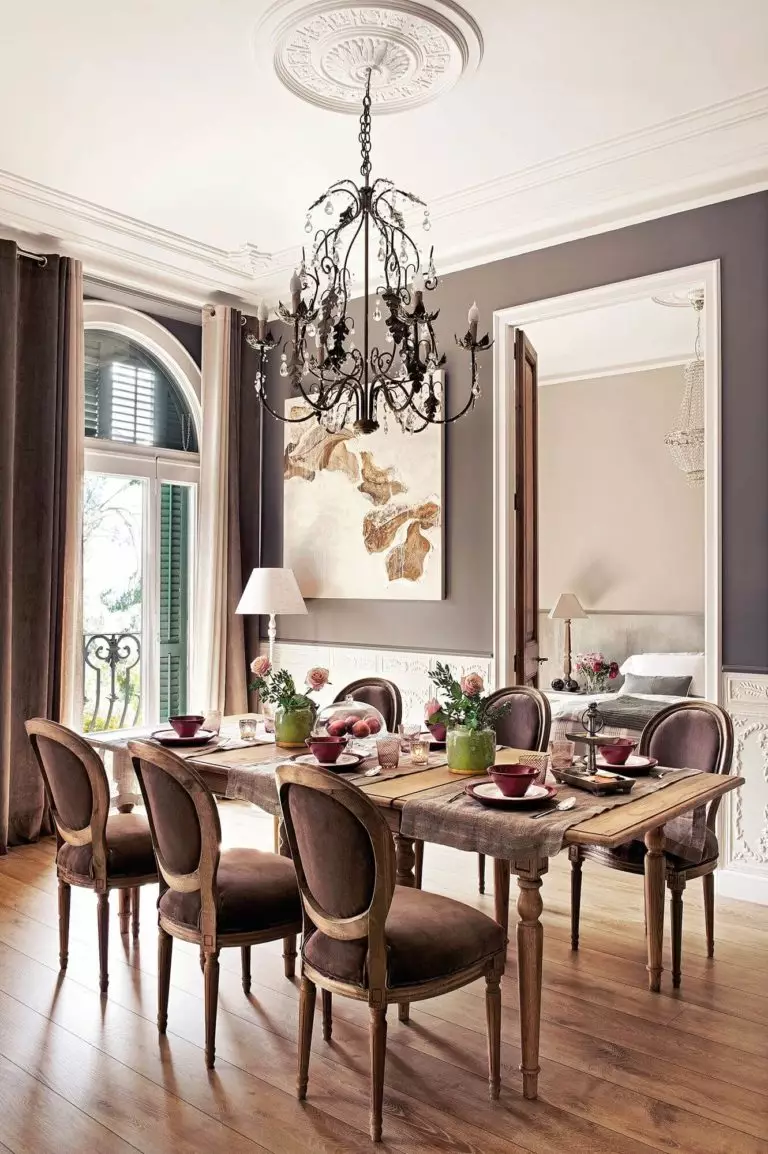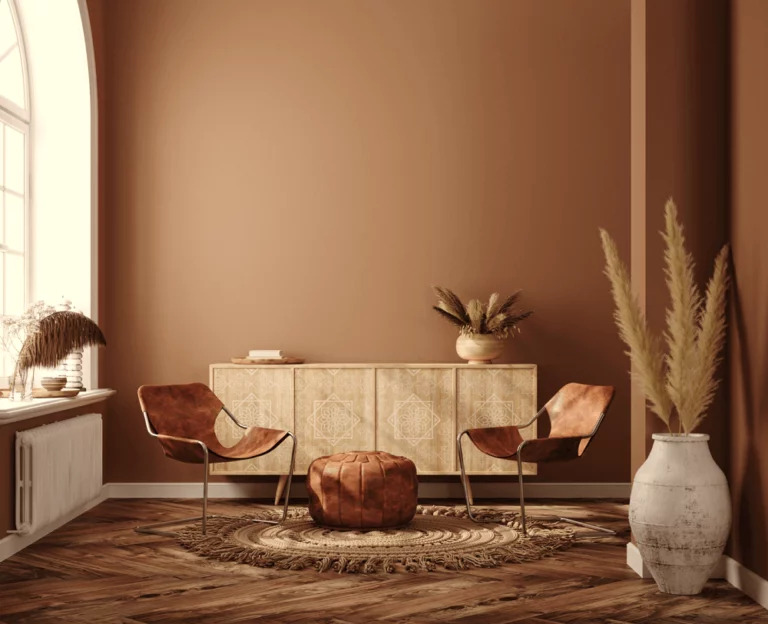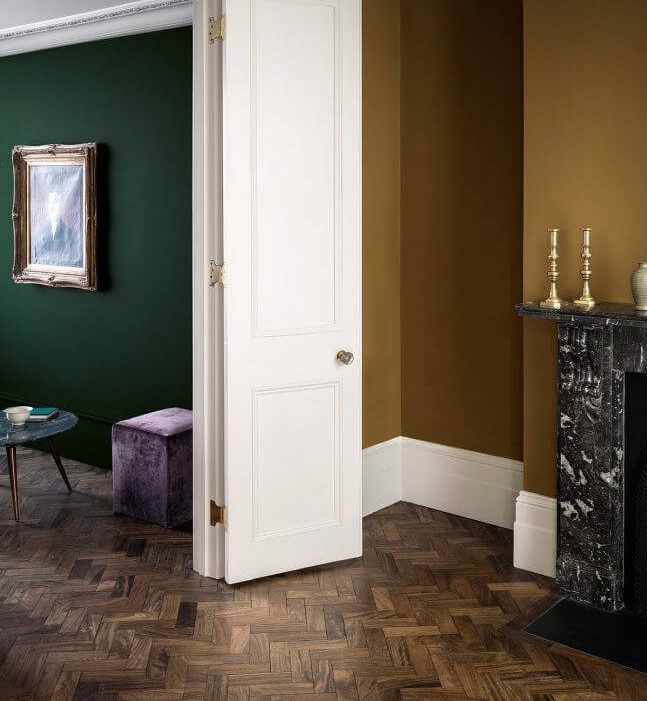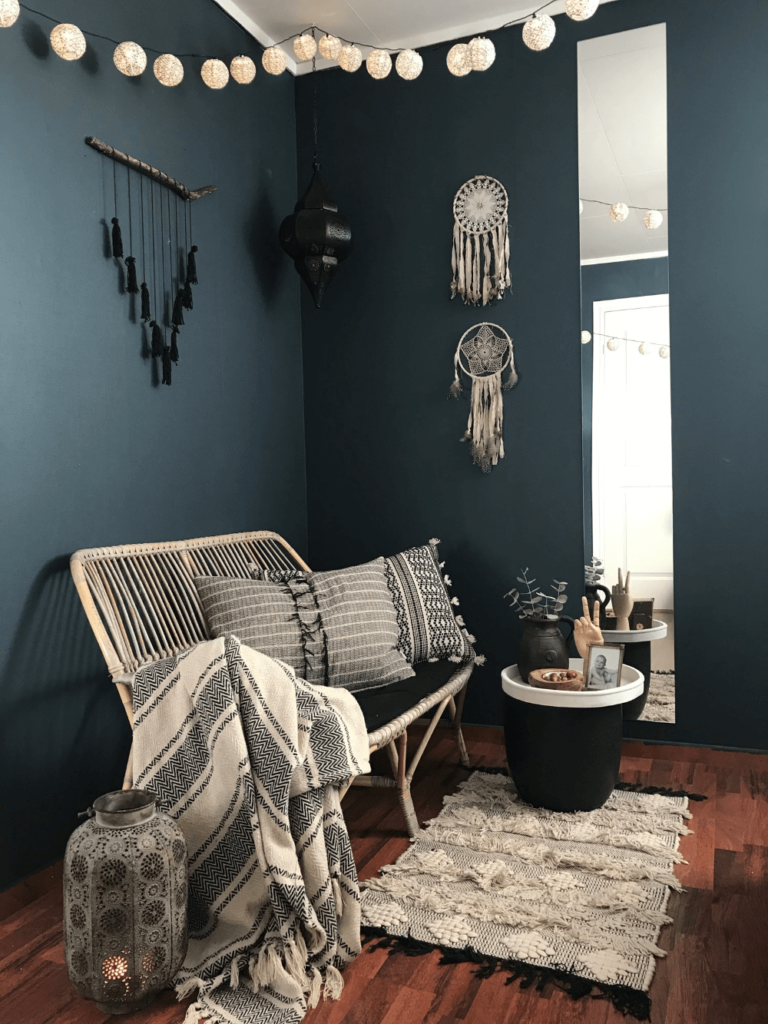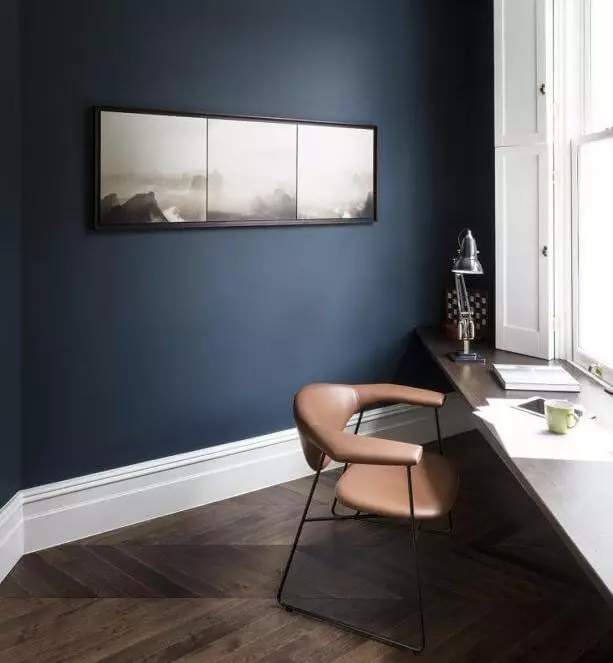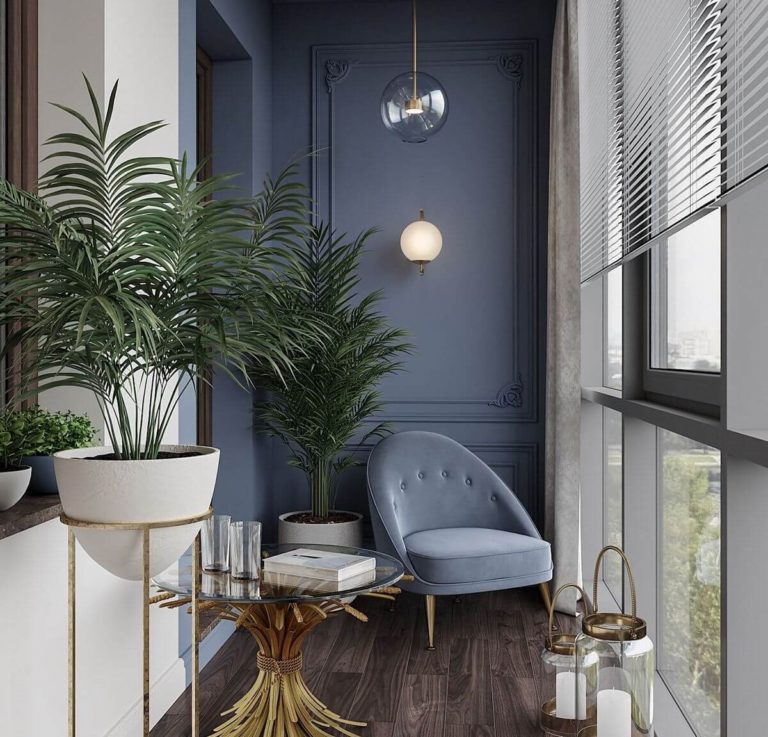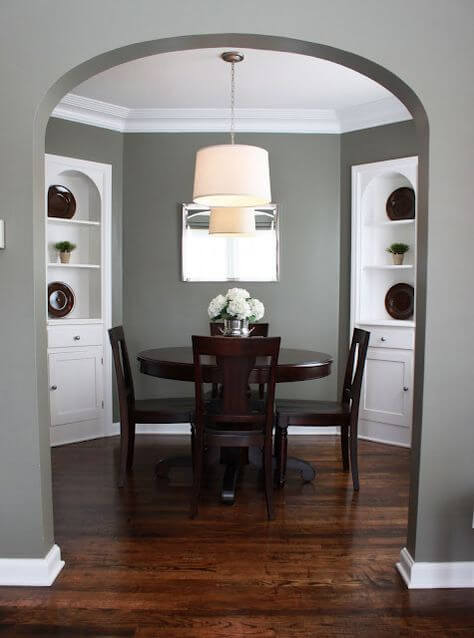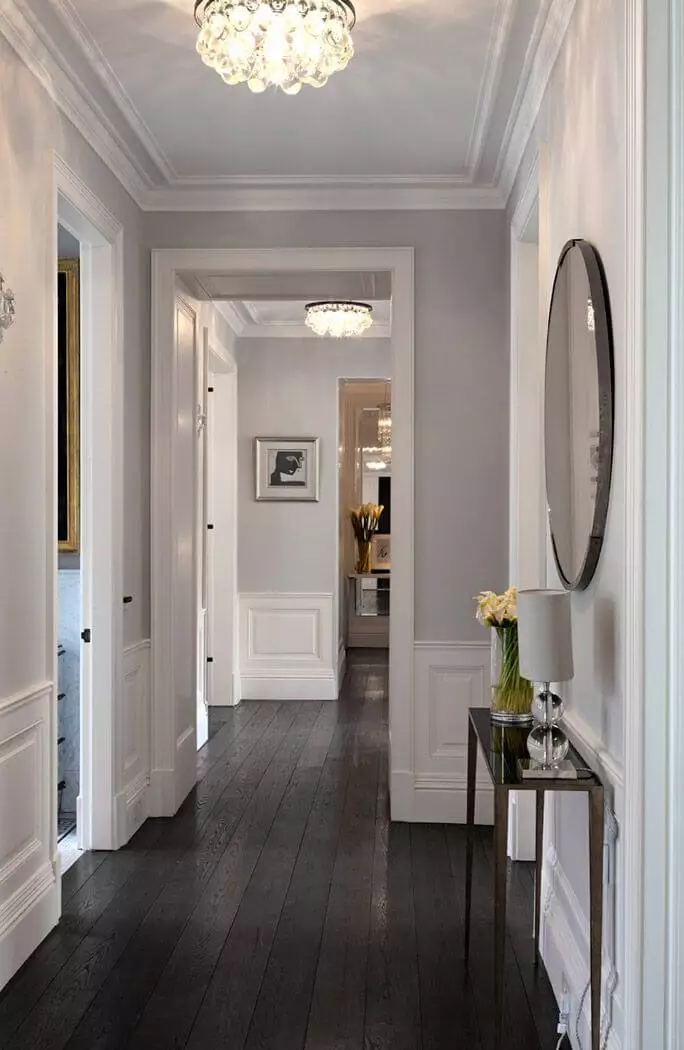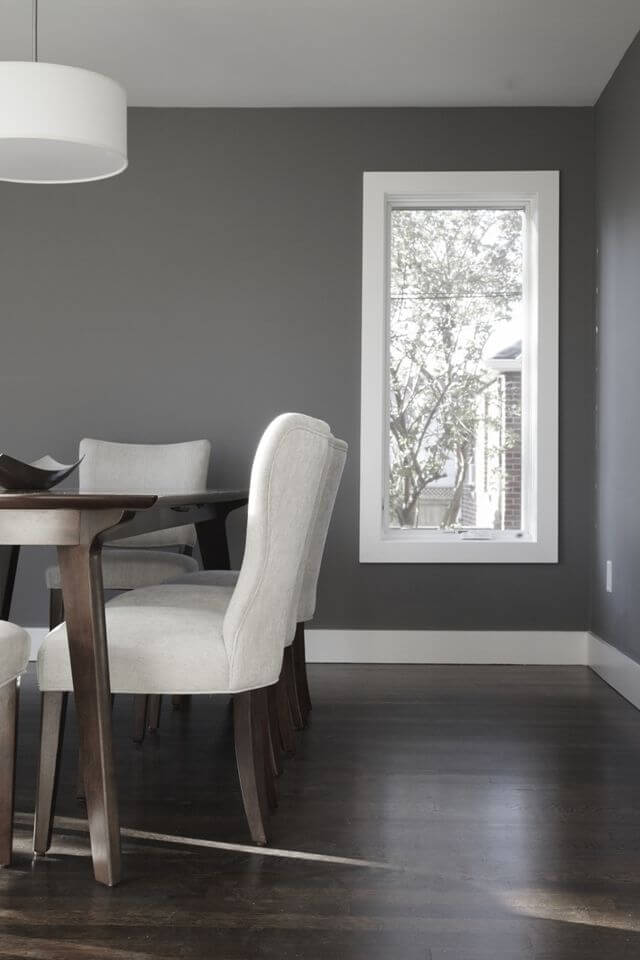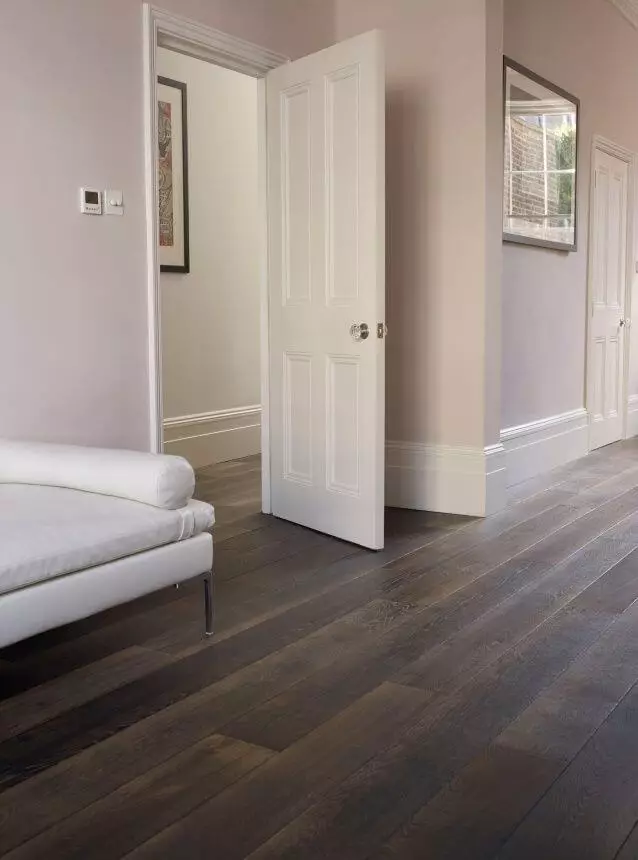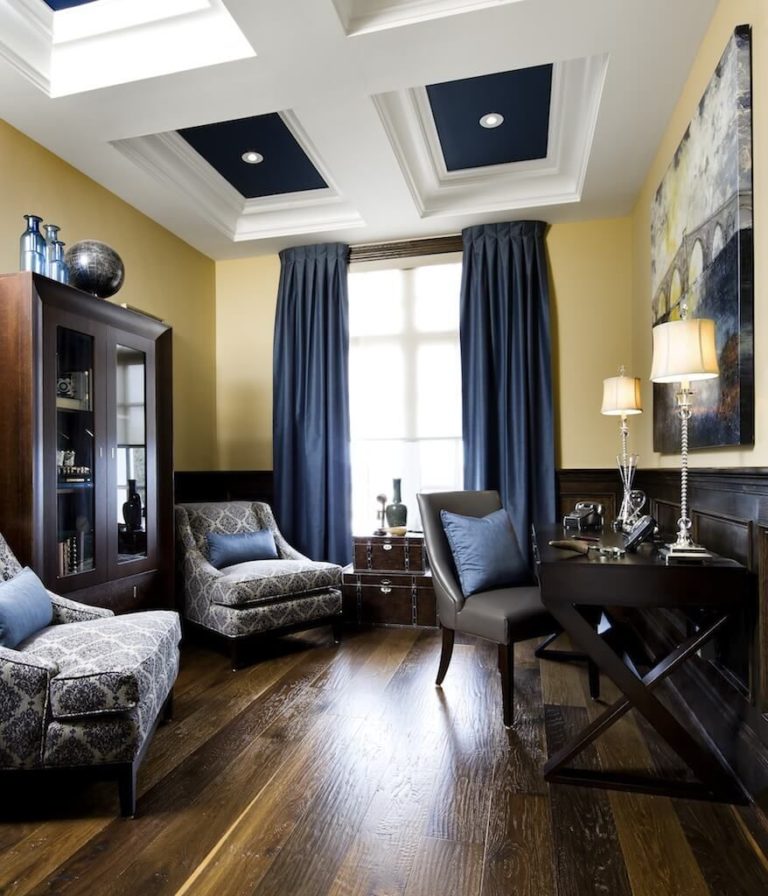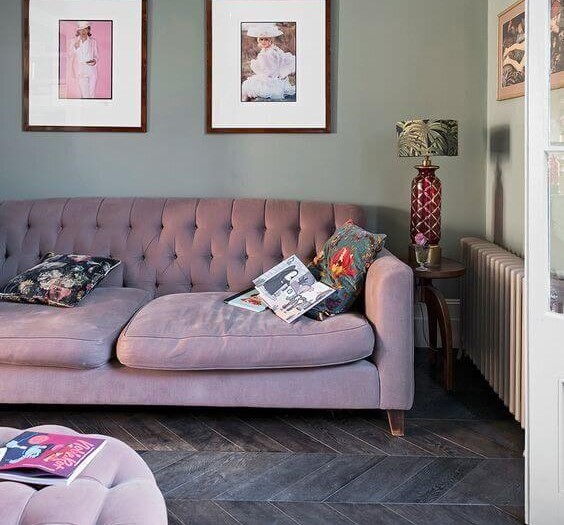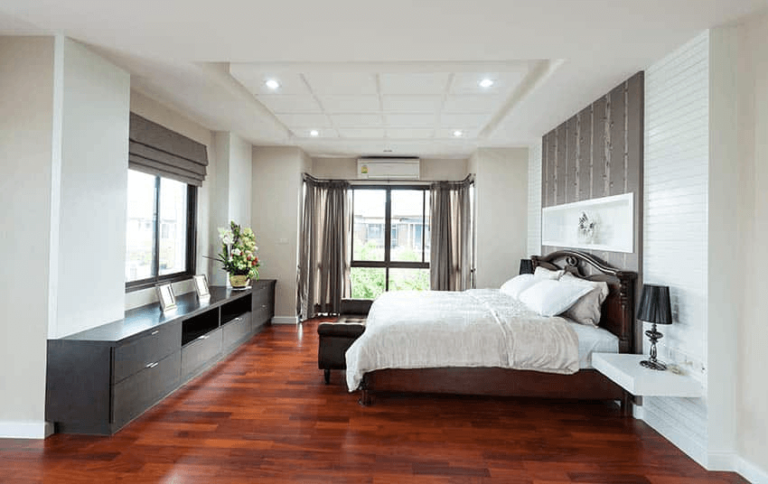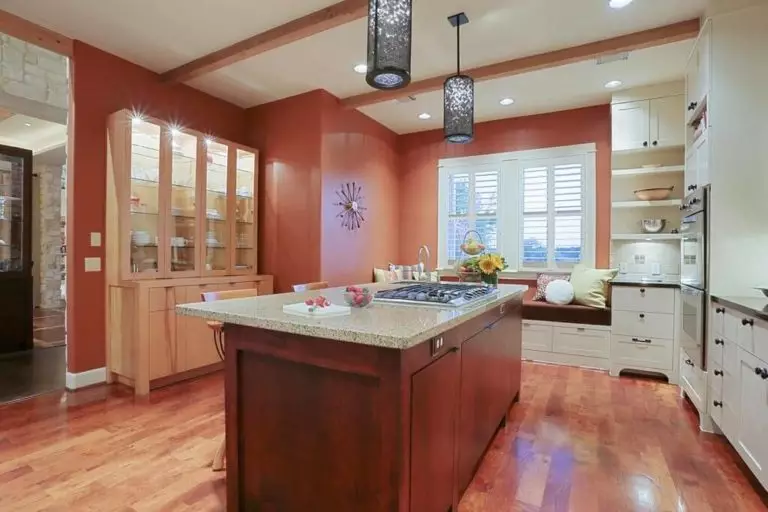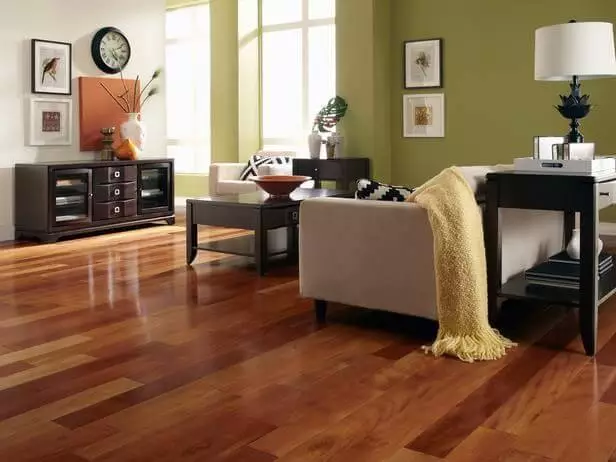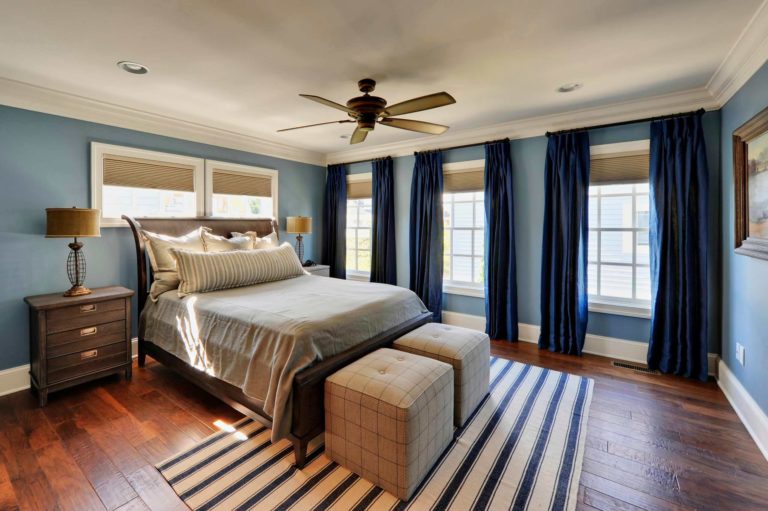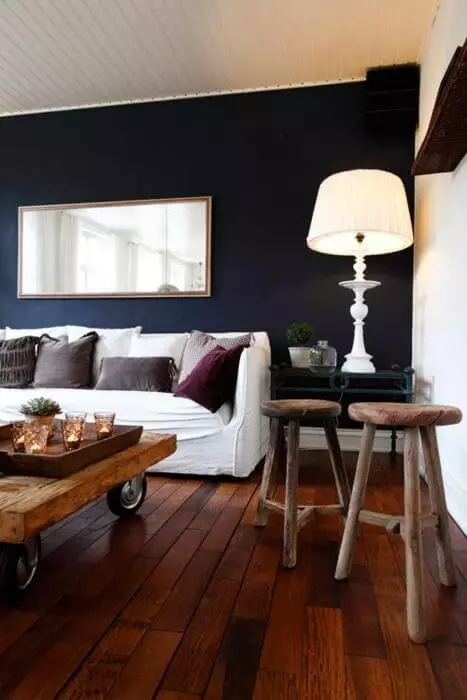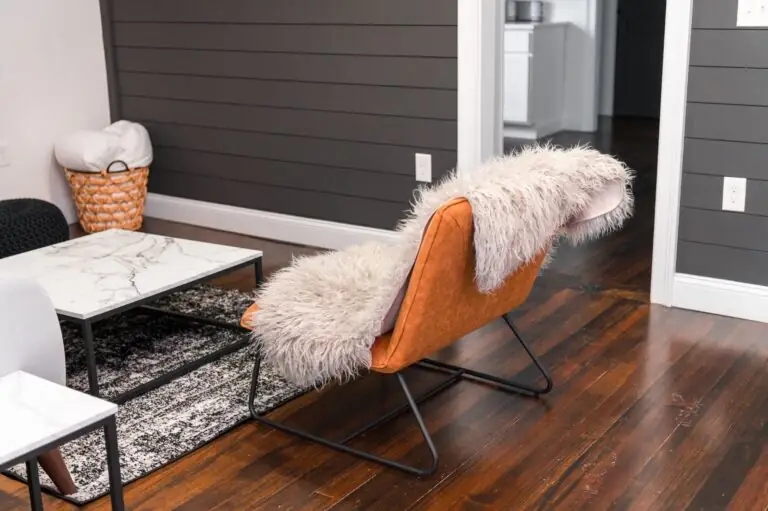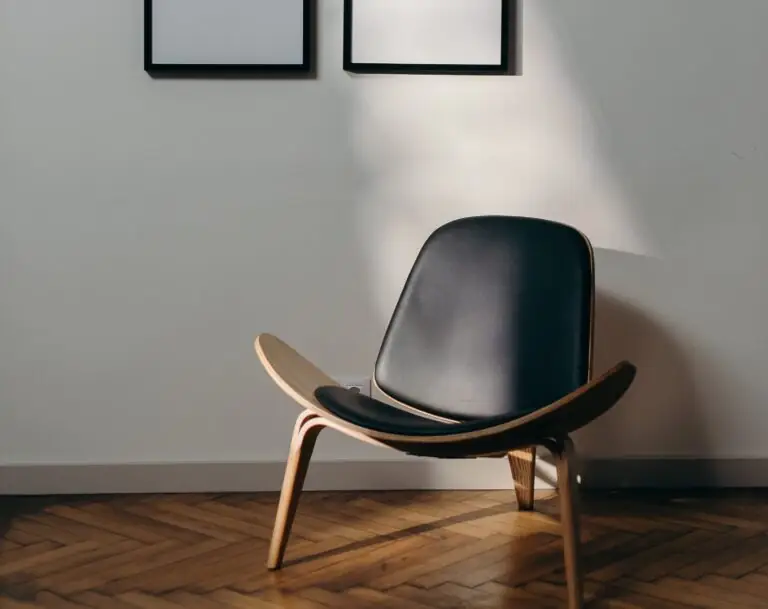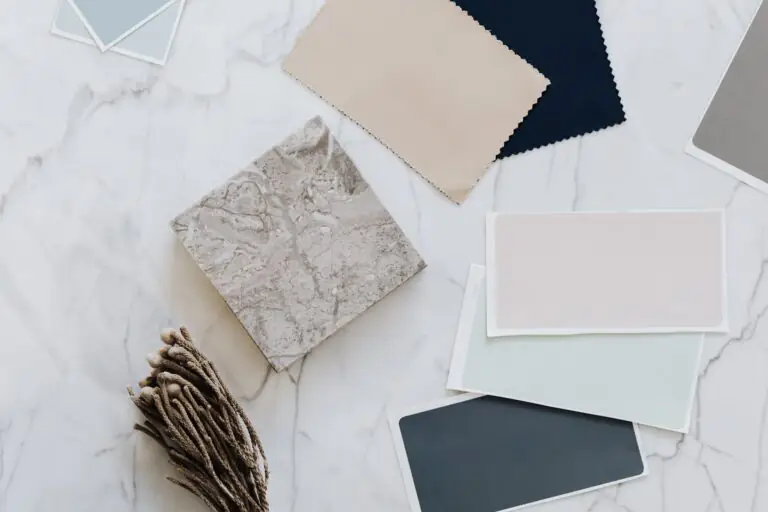Hardwood floor and wall color combinations: helpful tips and ideas based on wood color lightness
It’s hardly worth talking a lot about the benefits of hardwood floors – you probably know a lot about it yourself. Indeed, the beauty, durability, and functionality of such a solution can hardly be doubted by anyone. And if you opted for wood flooring over the trendy flooring solutions of today like tiles and quartz vinyl, that means you have decided for true comfort and sustainability.
However, with all the advantages of hardwood floors, one cannot fail to note such an important point as the importance of matching the color of the walls to the color of the floor. Undoubtedly, their natural color and texture seem very friendly, but a slip with a shade of adjacent surfaces can literally kill both, creating serious visual discomfort. However, we don’t want to scare anyone: let’s better talk about choosing the right color for the walls to the wooden floor, depending on the shade.
How to know which colors of walls are suitable for your wood floor: tips and tricks
Of course, the palette of natural shades of wood is impressively wide, so it would be too frivolous to say which color of wall paint you should choose without knowing the features and texture of the floor. Everything here is individual. However, there are essential tips that will help you – if not to make the right decision on the fly, then certainly get close to it.
- Determine the color temperature of the shades of your wood floor. As you probably understand, the pure color of wood simply does not exist. Each species (first of all, it concerns hardwood) has a base tone and several shades complementary to it, which sound confidently in the pattern and graininess. At the same time, they can be both warm ( reddish, yellowish, or orange) and cold (grayish, brown, and even bluish.) Based on this parameter, you can choose the color for the walls according to the already known principle of “warm to warm, cold to cold.”
- Not sure which color to choose – turn to neutral. White, cream, beige, and most light grays are kind of versatile options for walls with hardwood floors. Furniture, textiles, and accessories will help add color accents.
- Similar colors are a great choice. Earlier, we already talked about the color wheel and similar colors, but just in case, we will remind you: this is the name of nearby shades. Such a scheme will provide such an essential harmony for you and avoid the agony of choosing the color of the walls.
- Think about contrast. The contrasting color of the walls is one of the sure-fire ways to add depth and atmosphere to the space. How to find the right shade? Use the same color wheel: determine the tone of your hardwood floor and find the opposite color on the chart.
Color of the walls for different shades of the hardwood floor
So, we have already started talking about the color temperature of wood, but do not forget about such a parameter as lightness. In this regard, we can divide wood shades for flooring into two large groups – dark and light. Each of these groups has its recommendations for choosing the color of the walls.
Light hardwood walls
Typically, light wood floors have matching shades and can be pale yellow, grayish or bleached. However, the division into color temperature is also present here: for example, floors from white oak, maple, or ash attract with cool tones, while the color of walnut, beech, and birch are referred to as warm.
The key to correctly choosing the color of the walls for light wooden floors is still the same – select cold shades for cold shades, warm for warm ones. However, this rule should not be considered a dogma, and if you wish, you can easily try using a shade of the opposite color temperature for contrast. However, it is better to try compatibility on material samples or in 3D visualization before that.
For a perfect combination with light wood floors, designers often advise using the following shade and color groups for the walls:
- White. Using a pure white color is perhaps too risky since the room will turn out to be boring. Experiment with shades by color temperature using antique white, ivory, and light cream for warm light woods and cool icy, marshmallow, and lily for cool floors. To understand what color temperature the wood or the paint you have chosen is simple: put a sheet of paper on top, and its warmth or coldness will immediately appear against the background of the purest white.
- Beige. The beige will create the long-awaited comfort, warmth, and tranquility in a room with light wooden floors. Want a little more color? At your disposal – furniture and textiles of absolutely any shade.
- Gray. Both cool and warm tones of gray (preferably light) are great companions for light hardwood floors. Also, today, designers very much welcome the technique in which the walls are painted in a color as close as possible to the shade of the floor. This creates a solid and deep space in which any color accents and palettes are possible.
- Brown. Use as soft a tone as possible to avoid stark contrast with the floor. Also, do not get carried away with too dark variations of brown, although in spacious rooms they will create an exciting contrast with a light wooden floor – however, in this case, you will have to take care of bright color spots in the form of furniture and accessories for maximum balance.
- Cool tones. Olive, mint, dusty blue, dove, sea blue, and lavender – remember this list if you have light wood floors. All of these shades have proven to be excellent ways to create a modern and refreshing atmosphere.
- Warm and rich colors. Yellow, orange, and calm red also work well with light hardwood floors. The latter two colors are not used as often. Still, they have proven to be excellent solutions for dining rooms and living rooms, where a warming, welcoming atmosphere is especially important. Perfect combinations with these colors create light red oak and beech with their pronounced warm tones.
Wall colors for dark hardwood floors
Wenge, rosewood, dark oak, hickory – the wood of these species is used to decorate the floor in noble dark shades. Such flooring looks attractive in itself, but extreme care must be taken when choosing the color of the walls to avoid color overload and gloom in the interior. So, take a look at the following shades for wall decoration in the room:
- White and beige. A universal solution for dark floors of any tone, avoiding visual narrowing of the room. Another undoubted plus is the ability of light neutral walls to set off the richness of texture and shades of dark wood. Use ambiguous shades of white and beige – from ecru to pearl to rich cream.
- Brown. Deep browns can be very effective in echoing dark wood floors, especially in classic interiors. To keep the interior from being depressed, use partially white wall trims and metallic accents in furnishings and décor.
- Blue. Calm tones with a gray bias create a soothing and relaxed atmosphere in combination with dark wood. Use this technique in bedrooms, as well as in rooms with windows on the sunny side.
- Calm grays. If the beige palette is closer to the classics, gray walls and dark floors are a super-topical solution for modern interior styles. Tin, pearl, smoky, and harbor shades are a real boon for your room.
- Pastel shades. When the urge to use dark hardwood for flooring in a small room seems overwhelming, balance its impact on the visual experience of the room with pastel walls. Light, gentle and cheerful tones will favorably emphasize the natural beauty of dark wood and create a feeling of spaciousness and abundance of air and light. What tones should you use? Pay attention to the powdery, dusty rose, light yellow, pale pink, and the same lilac, as well as very delicate and light shades of green with silvery undertones – mint and sage.
Wall colors for cherry flooring
It is not by chance that we have taken this wood species into a separate group since cherry occupies an intermediate position between dark and light and, moreover, has an intense and pleasant dark shade and a surprisingly even pattern. Thanks to these features, experts classify it as a so-called medium color group and recommend combining a cherry floor with walls of the following colors:
- white – to create a clean, airy, open space;
- pale terracotta – to balance the red notes in the color of the wood;
- light green tones – for a more intense highlight of the red undertones of the floor and a pleasant, unobtrusive contrast;
- light blue or dark blue – the first provides contrast and focus on the floor; the second gives a more sophisticated and noble combination.
Interiors with hardwood floors are distinguished by a particular aesthetics that is timeless and trendy and easily adapts to any interiors and modern trends. Take the time to find the perfect wall color for a room with such a floor: it is from the combination that the impeccability of the design as a whole will depend.
